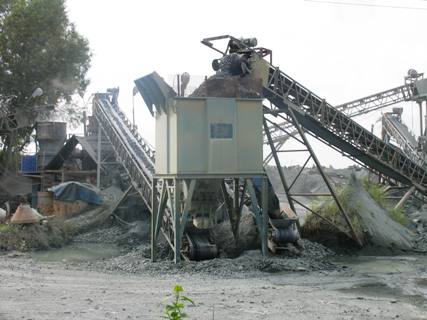HTML clipboard
 |
|
|
Provincial
National Assembly Delegation is working with DDNRE on the
implementation of natural resources and housing-land tax law |
|
According to the
report of Dong Nai Department of Natural Resources
and Environment (DDNRE), the province now has about 30 exploiting establishments
with 43 mineral mines granted the exploitation certificates. Main mineral
resources that are liable to
natural resources tax include: building stone, building sand,
clay
for production of burnt
tiles and bricks, kaolin
clay, granite stone, laterite, puzzolane, and building materials. The revenues
from natural resources collection tax continue to increase annually (in 2006:
over VND36 billion, in 2007: over VND44 billion, and in 2008: VND52 billion). Of
which, the natural resources tax revenue accounts for 1/3, and the remaining
belongs to land tax and environmental fees. The periodical report made by
exploiting establishments on the mineral exploitation activities (in the first
haft of the year and in every year) showed that the total revenue from natural
resources tax reached VND57,787 billion from 2004 to 2008. In reality, however,
the natural resources tax collection has been inadequate, especially the tax
calculation on the basis of the volume of output. For example, as for tax
calculation of building stone, the Article of Decree No 05/2009/ND-CP dated on
January 19, 2009 stipulated that the output of commercial natural resources is
the volume or quantity of exploited natural resources, not depending on the
purpose of exploitation. In fact, the natural resources tax calculation for
building stone is based on the output of primary stone. But, this kind of stone
has different sizes that depend on the process of production chosen. Then the
different size of stone will lead to different result of natural resources tax
collection. Also according to the Article, the
price for calculating natural resource tax is the selling price of a natural
resource product unit at the place of exploitation. At present, however, most
enterprises do not sell primary stone, but 4x6 and 1x2 stone products and broken
stone that are processed from the primary stone. And each of which has different
prices, so the price of primary stone has to be changed suitably. That is the
reason why it is obviously difficult for natural resources tax collection.
Besides, the too high difference between the prescribed tax rate and the tax
rate in reality has made it difficult for tax agencies.
 |
|
|
Exploiting
stone at Hoa An Quarry – Bien Hoa City |
|
Natural resources
are considered as important national asset that mainly is unrecoverable.
Therefore, in order to balance natural resources tax collection, tax agencies
are required to inspect and examine the tax
declaration, payment and settlement, and to handle violations committed by
natural resource tax payers at the same time.
Reported by T.C, Translated by Minh Minh